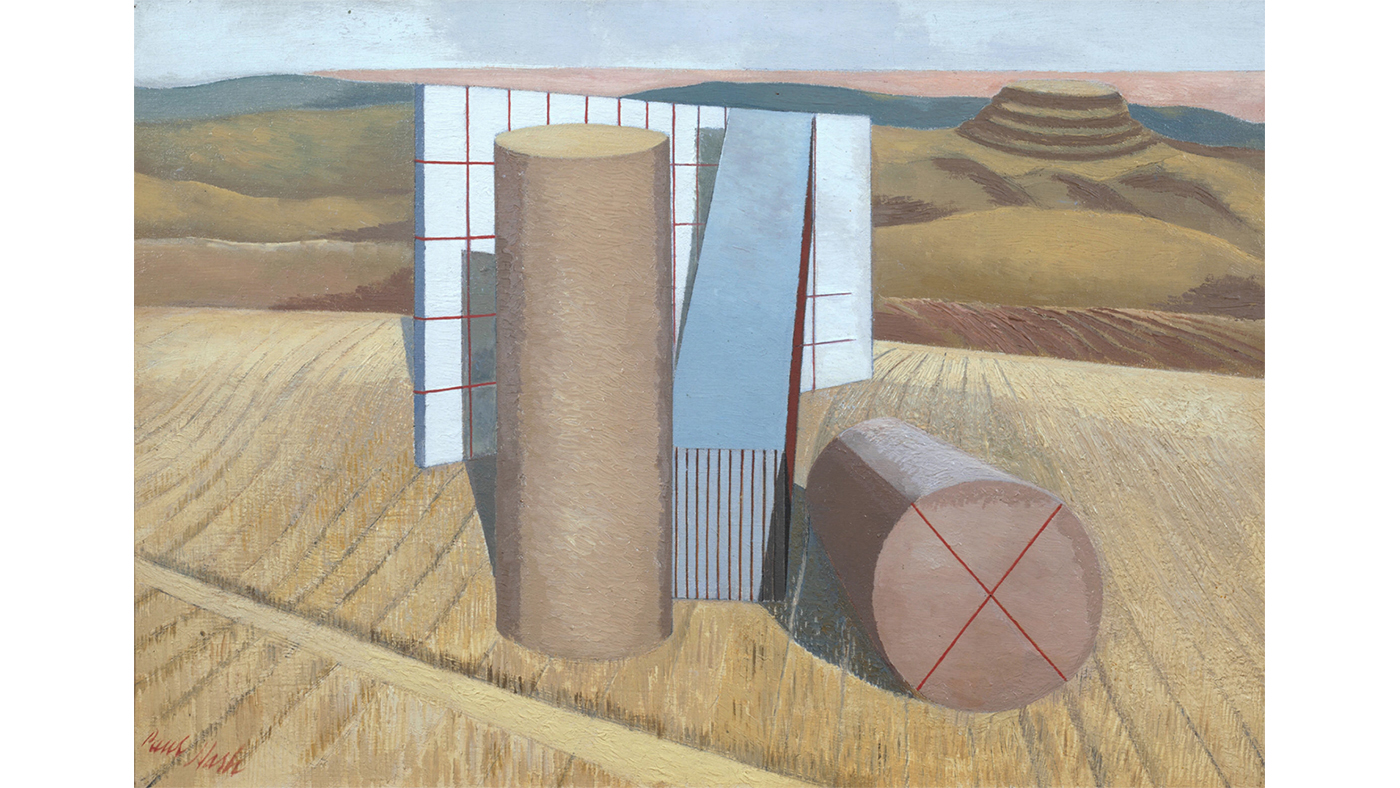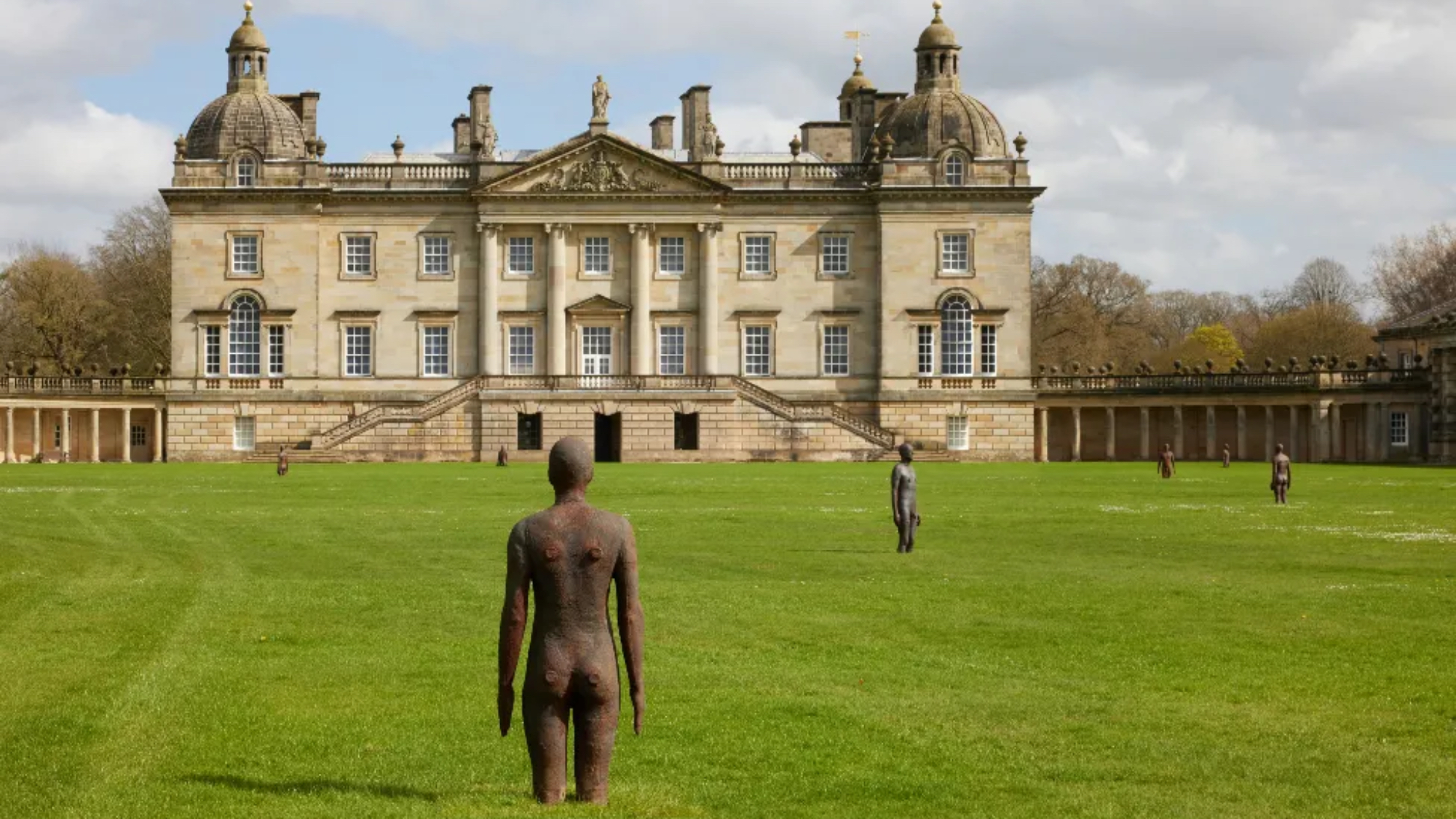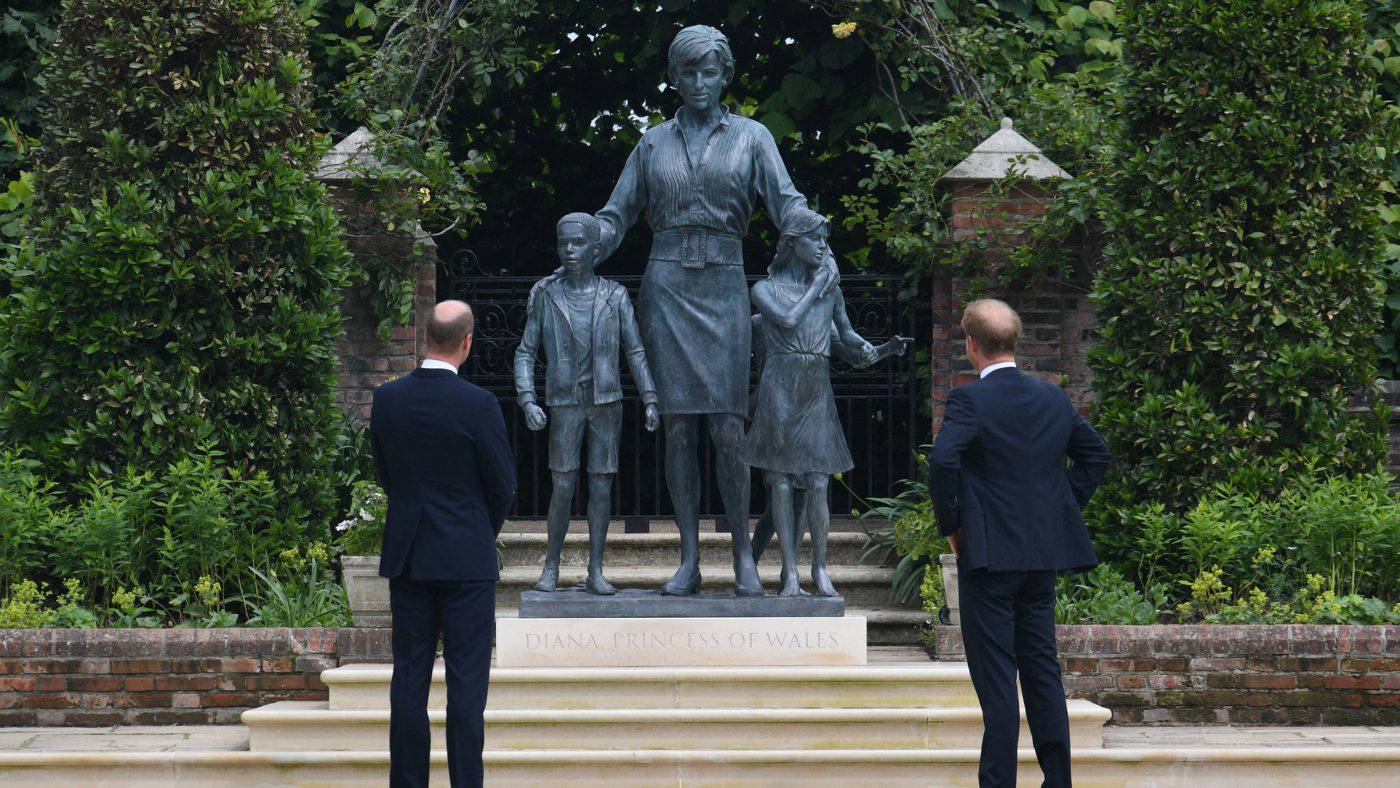Lost Paul Nash sculpture on display at Tate Britain
The surrealist piece is being shown alongside other important works from the artist in a comprehensive new exhibition


Tate Britain is currently hosting the exciting resurrection of one of the great lost artworks of the 20th century. Paul Nash's Moon Aviary (1937), last exhibited in 1942, is a surrealist sculpture composed of ivory, cedar, stone and bone. Found in pieces in an unassuming cardboard box in a London archive, it has been reassembled for the exhibition.
A prominent figure in British art, Paul Nash was a landscape artist noted for his role in the Modernist movement and appraised as a war artist due to his contribution during both world wars. Some of his paintings are concerned with conflict quite literally and feature soldiers slumped in fields and trenches. His moving work Totes Meer (1940-1941), which depicts the fractured metal of crashed fighter planes morphing into waves, is also on display.
Other works are more concerned with nature, particularly the lunar calendar. Famously inspired by Britain's coastal areas and the Berkshire Downs, Nash was fascinated by the moon - the circular motif reoccurs throughout his artwork. In the 1930s, he moved from decorative paintings to a more abstract style, culminating with landscape scenes filled with heaving angular structures. It is this exploration of shape that is notable in all his work.
The Week
Escape your echo chamber. Get the facts behind the news, plus analysis from multiple perspectives.

Sign up for The Week's Free Newsletters
From our morning news briefing to a weekly Good News Newsletter, get the best of The Week delivered directly to your inbox.
From our morning news briefing to a weekly Good News Newsletter, get the best of The Week delivered directly to your inbox.
Moon Aviary, commonly thought to have been lost or destroyed, is a key feature of the Tate's retrospective show. The piece has a relationship with one of Nash's earlier paintings, Mansions of the Dead (1932), whose ethereal name refers to the winged creatures in the piece, which are thought to portray souls. The intensely surreal scene is made all the more abstract by the framework and panelling in the forefront, with a glimpse of realistic blue sky peeking through. The later sculpture is composed of a series of shelves adorned with bobbins, which are thought to represent perching birds. Moon Aviary is exhibited alongside several other reassembled pieces, making this the largest exhibition of its kind involving Nash's work for some time.
The exhibition also features a double-sided painting: one side shows Circle of the Monoliths (1936-1937), easily one of Nash's most surreal works and one that has never been publically exhibited, and, on the reverse, The Two Serpents (1929).
Paul Nash is at Tate Britain, Millbank, London SW1P 4RG until 5 March 2017; tate.org.uk
A free daily email with the biggest news stories of the day – and the best features from TheWeek.com
-
 Why are micro-resolutions more likely to stick?
Why are micro-resolutions more likely to stick?In the Spotlight These smaller, achievable goals could be the key to building lasting habits
-
 What will happen in 2026? Predictions and events
What will happen in 2026? Predictions and eventsIn Depth The new year could bring peace in Ukraine or war in Venezuela, as Donald Trump prepares to host a highly politicised World Cup and Nasa returns to the Moon
-
 Why is Trump’s alleged strike on Venezuela shrouded in so much secrecy?
Why is Trump’s alleged strike on Venezuela shrouded in so much secrecy?TODAY'S BIG QUESTION Trump’s comments have raised more questions than answers about what his administration is doing in the Southern Hemisphere
-
 Nnela Kalu’s historic Turner Prize win
Nnela Kalu’s historic Turner Prize winTalking Point Glasgow-born artist is first person with a learning disability to win Britain’s biggest art prize
-
 Denmark's 'pornographic' mermaid statue is in hot water
Denmark's 'pornographic' mermaid statue is in hot waterUnder the Radar Town will reportedly remove voluptuous Big Mermaid, despite statue being 'arguably a bit less naked' than Copenhagen monument the Little Mermaid
-
 Myth and Marble: Ancient Roman Sculpture From the Torlonia Collection
Myth and Marble: Ancient Roman Sculpture From the Torlonia CollectionFeature The private collection is being revealed to the public for the first time in decades
-
 Marc Quinn's Light into Life: an 'al fresco treasure-hunt' of sculpture at Kew
Marc Quinn's Light into Life: an 'al fresco treasure-hunt' of sculpture at KewThe Week Recommends Massive metallic sculptures dotted across the gardens explore 'links between nature and humanity'
-
 Antony Gormley's Time Horizon – a 'judgmental army' of 100 cast-iron men
Antony Gormley's Time Horizon – a 'judgmental army' of 100 cast-iron menThe Week Recommends Sculptures are 'everymen questioning the privilege of their surroundings' at the Norfolk stately home
-
 Rome's Colossus of Constantine
Rome's Colossus of ConstantineIn the Spotlight British artist digitally reconstructs original from remaining fragments to create new statue of Roman emperor
-
 ‘The Embrace’ Martin Luther King sculpture: ‘beautiful monument’ or ‘weirdly sexualised blob’?
‘The Embrace’ Martin Luther King sculpture: ‘beautiful monument’ or ‘weirdly sexualised blob’?Talking Point Relatives of the civil rights hero and his wife Coretta Scott King are among critics locking horns after $10m artwork unveiled in Boston
-
 The verdict on the Kensington Palace Princess Diana statue
The verdict on the Kensington Palace Princess Diana statueThe Week Recommends ‘Could it be that Laura Ashley has made it on to a public monument?’